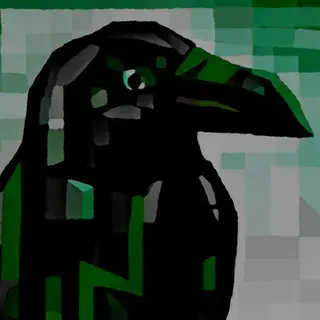Highlights
•
More than one-third of chondrichthyan fish species are threatened by overfishing
•
Disproportionate threat in tropics risk loss of ecosystem functions and services
•
Three species not seen in >80 years are Critically Endangered (Possibly Extinct)
•
The depletion of these species has been driven by continuing demand for human food
Summary
The scale and drivers of marine biodiversity loss are being revealed by the International Union for Conservation of Nature (IUCN) Red List assessment process. We present the first global reassessment of 1,199 species in Class Chondrichthyes—sharks, rays, and chimeras. The first global assessment (in 2014) concluded that one-quarter (24%) of species were threatened. Now, 391 (32.6%) species are threatened with extinction. When this percentage of threat is applied to Data Deficient species, more than one-third (37.5%) of chondrichthyans are estimated to be threatened, with much of this change resulting from new information. Three species are Critically Endangered (Possibly Extinct), representing possibly the first global marine fish extinctions due to overfishing. Consequently, the chondrichthyan extinction rate is potentially 25 extinctions per million species years, comparable to that of terrestrial vertebrates. Overfishing is the universal threat affecting all 391 threatened species and is the sole threat for 67.3% of species and interacts with three other threats for the remaining third: loss and degradation of habitat (31.2% of threatened species), climate change (10.2%), and pollution (6.9%). Species are disproportionately threatened in tropical and subtropical coastal waters. Science-based limits on fishing, effective marine protected areas, and approaches that reduce or eliminate fishing mortality are urgently needed to minimize mortality of threatened species and ensure sustainable catch and trade of others. Immediate action is essential to prevent further extinctions and protect the potential for food security and ecosystem functions provided by this iconic lineage of predators.

